9 Poisonous Plants Every Cat Owner Should Avoid
Updated: Dec. 12, 2022
Many kitties love to nibble on plants, but there are some very toxic plants for cats. Avoid lilies, kalanchoe and dieffenbachia if you have cats.
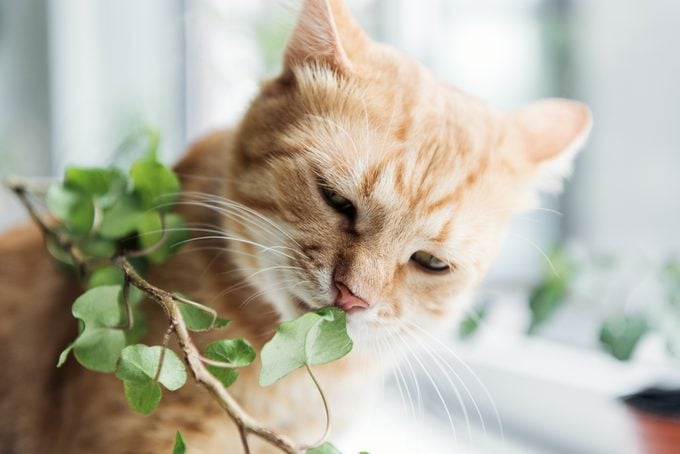
Everyone knows the old saying, “Curiosity killed the cat.” Cats, especially younger ones, have a reputation for getting into anything and everything. And much like little children, they often like to explore by putting things in their mouths. This can become a serious problem when beloved kitties encounter substances that can do them harm, including toxic plants for cats. Many common houseplants such as dieffenbachia and kalanchoe pose health problems for cats, so cat owners should do a little research before adding new plants to their home.
NOTE: We’ve rounded up some common poisonous plants that cat owners should know about. But this is only a small part of a much bigger list. The ASPCA offers an extensive searchable database of toxic plants at their website. Cat owners may wish to check all of their houseplants against this database, just to be safe. Also check out houseplants that aren’t safe for dogs.
If you worry that your cat may have ingested a poisonous plant, or if he or she is displaying any unusual symptoms, call your vet immediately.
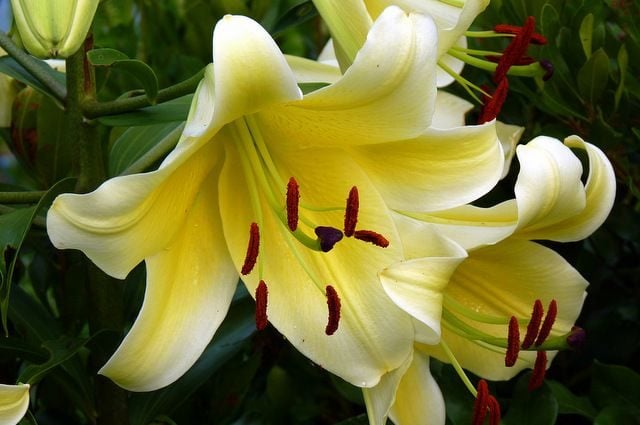
Lily
Lilium, Hemerocallis
For cats, this is floral enemy #1. Lilies, including daylilies, tiger lilies, Easter lilies, and more—are extremely toxic plants for cats and can cause acute kidney failure. All parts of the plant are dangerous: petals, leaves, stem, and pollen. Even the water that lilies have been sitting in can contain toxins. Just a small amount of any of these can be fatal to kitties, so if you even suspect your cat has been eating lilies, contact your vet immediately.
Avoid planting these irritating and poisonous plants.
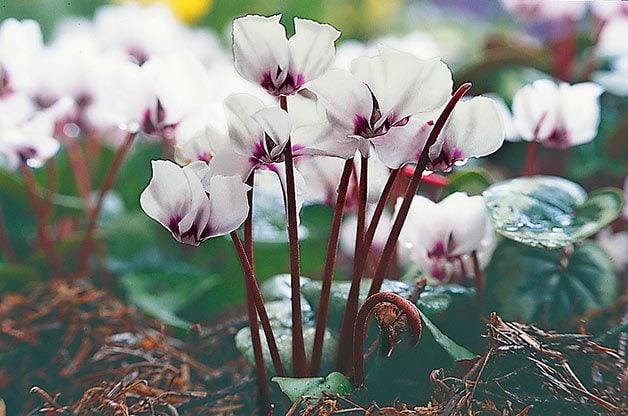
Cyclamen
Cyclamen sp.
In small amounts, this pretty winter-flowering houseplant can cause drooling and gastric symptoms. If a cat eats larger amounts, especially of the tubers (the fat part of the root that resembles a flower bulb), they are at risk for cardiac problems and seizures.
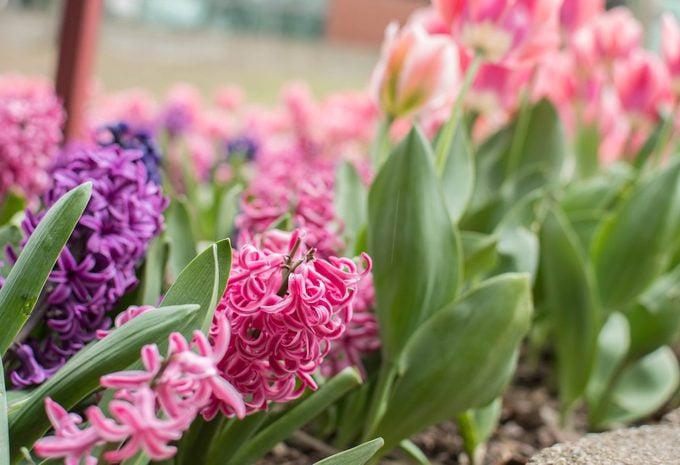
Daffodils, Tulips, and Hyacinths
Amaryllidaceae
Though any part of these plants can cause gastric upset in cats, it’s the bulbs that pose the most danger. All members of the Amaryllidaceae family, which contains many popular spring flowers, may cause cardiac arrhythmias and respiratory problems for cats who eat the bulbs. Take care not to let unplanted bulbs lie around where curious kitties may find them.
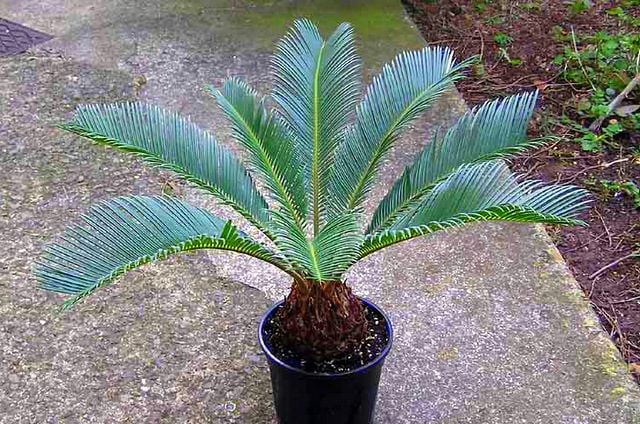
Sago Palm
Cycas revoluta
Sago palms are cycads, but their resemblance to real palms makes them popular houseplants. Unfortunately, they are incredibly poisonous for cats. Just chewing on the leaves can lead to severe liver damage, and in many cases death. Other related cycads (like cardboard palms) are equally dangerous, with the seeds posing the highest threat.
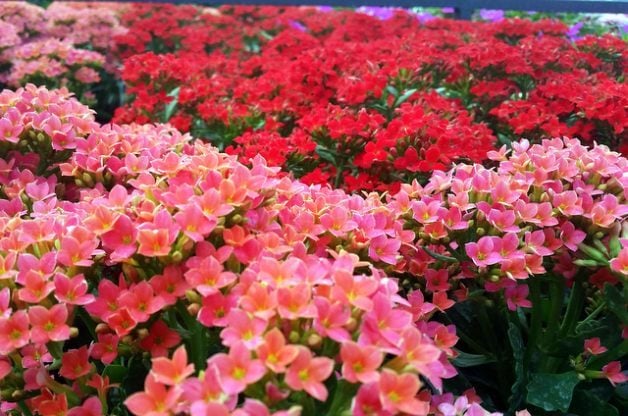
Kalanchoe
Kalanchoe blossfeldiana
Though not one of the most dangerous for cats, kalanchoe is a very popular houseplant that can cause gastric upset, so it’s worth noting. Also called mother-of-millions, this succulent can even cause abnormal heart rhythm in rare cases. Keep kalanchoe plants well out of the reach of cats in your house.
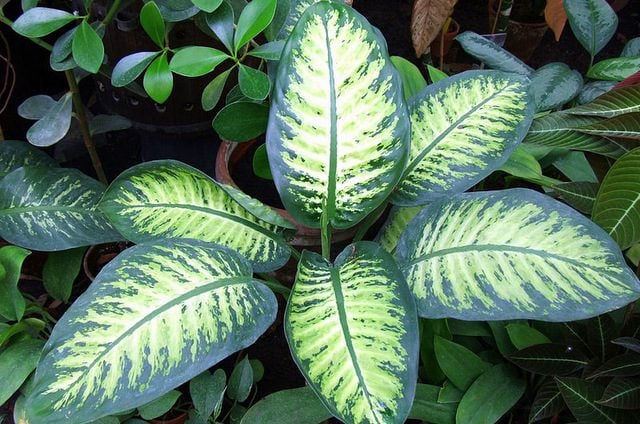
Dieffenbachia
Dieffenbachia sp.
Commonly known as dumb cane, this tropical plant grown for its foliage is common in houseplant collections. Cats who chew on the leaves will experience oral pain and intense burning, excessive drooling, and swelling that may cause difficulty in swallowing or breathing.
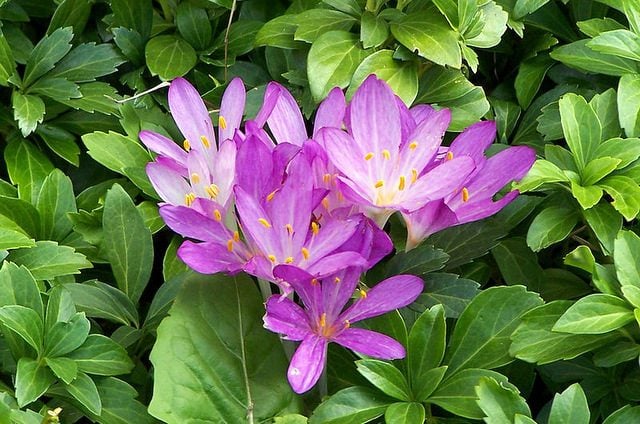
Autumn Crocus
Colchicum autumnale
Don’t confuse autumn crocus with its spring cousin, Crocus vernus. C. autumnale , which blooms in the fall as its name suggests, is by far the more dangerous. Felines who ingest autumn crocus may experience severe gastric symptoms, along with liver and kidney failure, seizures, and even death. (Crocus sativa, which is grown to harvest the pollen for saffron, is also sometimes commonly called “autumn crocus.” C. sativa can cause mild gastric upset, but is not nearly as toxic.)
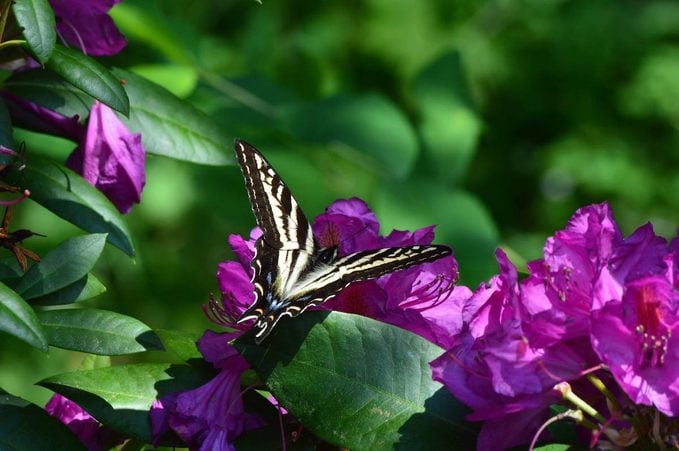
Azalea/Rhododendron
Rhododendron sp.
Though these large shrubs are usually grown outdoors, smaller plants are sometimes used as houseplants. All plants in this genus contain toxins that can affect cats in a variety of ways, including the gastric, cardiovascular, and nervous systems. Small ingestions can sometimes prove fatal, so it’s best to keep this plant out of kitty’s way.
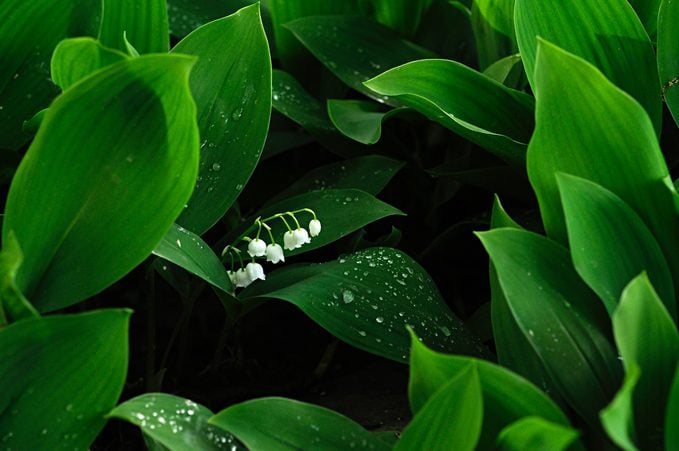
Lily of the Valley
Convallaria majalis
They’re not a true lily, but lily of the valley are still very toxic plants for cats. Cats who eat it can experience arrhythmia, low blood pressure, seizures, and even coma leading to death. Call your vet right away if you think your cat has ingested even a small part of this plant.
Next, find out — are tulips toxic to cats?
